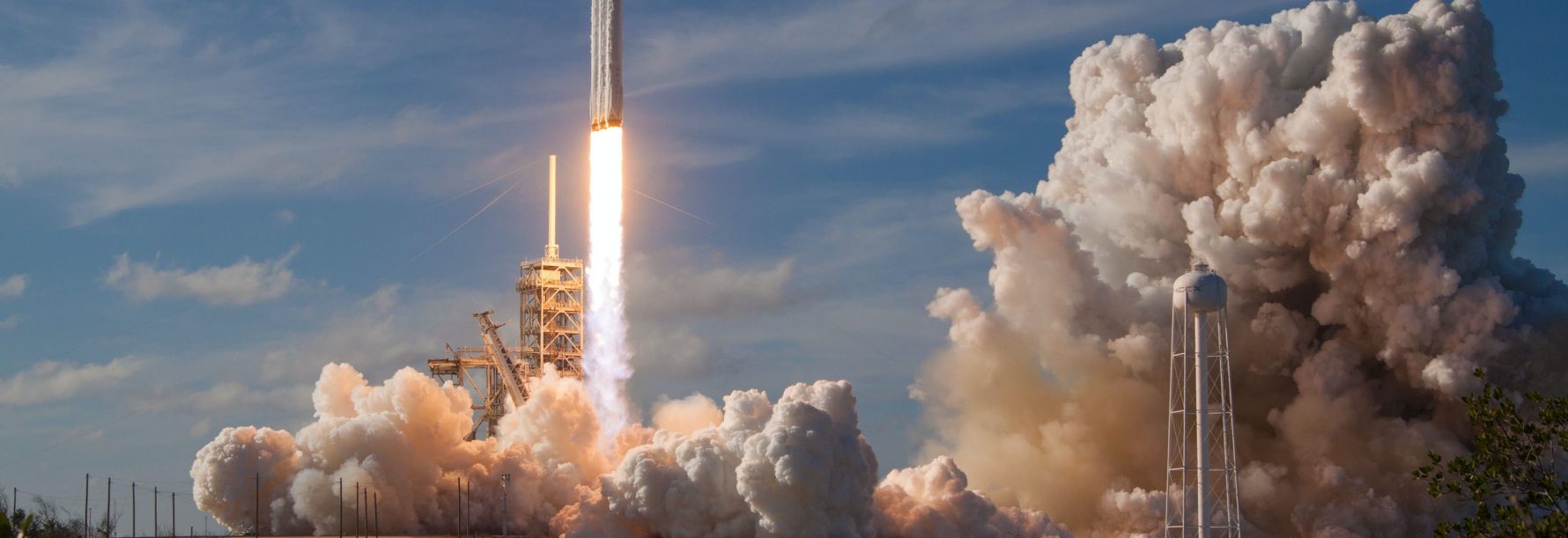The enormous technological progress of recent decades has enabled us to examine the climate and habitability of other worlds in detail. Within our own solar system, Mars and the icy moons of Jupiter and Saturn are particularly interesting because of the (former) presence of liquid water. The Earth has also been studied extensively with satellites. Researchers can use all this information to properly interpret measurements on exoplanets.
An important challenge will be to recognise and understand the biological molecules on other worlds. Other worlds where climatic and geological conditions as well as biological processes differ enormously. Researchers focus their work on identifying biological molecules on other planets, such as oxygen or methane. This can be done by means of a measurement on the surface of a planet. But also, by means of measurement at (large) distances. In the case of measurement at a distance, researchers use light which is reflected by a planet.
Remarkable is the current progress in the research of exoplanets, planets around other stars than the Sun. Although the nearest stars are more than a hundred thousand times further away than Mars, scientists are getting better and better at finding new exo-planets. And researchers are increasingly easy determining atmospheric properties.
The European Extremely Large Telescope (E-ELT) plays a central role in this. Under Dutch leadership the first light instrument METIS building will be completed in 2024/25. This instrument will be able to investigate the atmospheres of rocky exoplanets such as the Earth for the first time. The next step is the development of the second-generation E-ELT instrument EPICS (ready in 2030/35). It will also detect biological molecules. The Netherlands has a leading role in this project. Eventually, a specialised space telescope (ready after 2035) will be built to do complete analysis of the earth-like planets. All these technological developments will be realised in collaboration with the European Space Agency (ESA) and the European Southern Observatory (ESO).

Researchers collaborate with Dutch industry. Ambitious, explorative programs, such as the search for extraterrestrial life, present unique technological challenges. It offers the industry opportunities to develop new commercial services and products. Do you join the search for extraterrestrial life?




